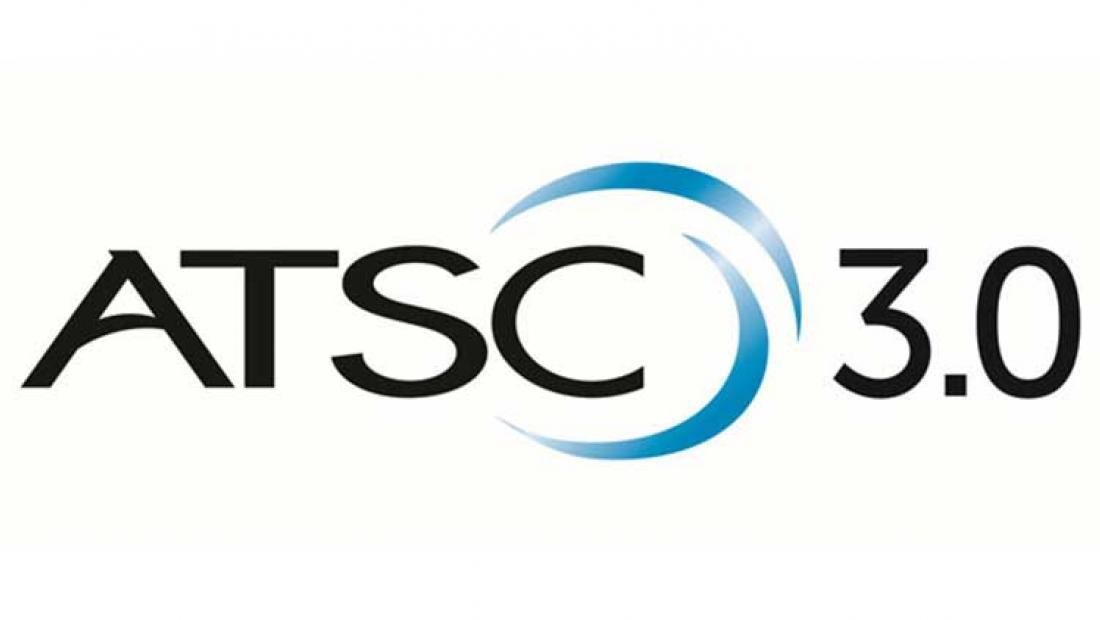ACA’s Matt Polka: The Wow! Is Now

Why This Matters: Folks in the broadband and video sector need to play to their strengths as they continue to negotiate through an ever-evolving industry.
Broadband and Video providers are gathering this week in Anaheim, Calif., for the July 30 start of the annual Independent Show. With much ground to cover, American Cable Association president and CEO Matt Polka talked with B&C about the D.C. issues facing his group’s constituency of smaller, independent cable and telecom providers, from over-the-top concerns, to retrans, to ATSC 3.0 and much more. An edited transcript of the conversation follows.
The show is called ‘Experience the Wow.’ What is the wow?
I can’t come to work or even open my phone in the morning without saying ‘Wow!’ about something, whether it’s the news of the day in my world or our members’ business operations and technology and what they are doing to increase connectivity in their marketplaces to levels never reached before.
So I think it is a recognition that, in the broadband space, what our members are delivering now to their consumers and their businesses on a daily basis is truly a ‘Wow!’ factor.
How important is over-the-top video to your members’ future?
What is important to recognize is that OTT providers like Netflix, Hulu and YouTube TV would not have much of a business without the billions of dollars in broadband network investments made by ACA members.
The smarter way to stay on top of broadcasting and cable industry. Sign up below
The direct-to-consumer model appears to be working well for OTT providers and broadband network owners. It’s important that those OTT providers do not view [internet service providers] as the source of a second revenue stream in an effort to impose the broken cable business model on ISPs.
Although I’m happy for broadband customers that traditional cable programmers have been willing to experiment with sports-free skinny bundles over the internet, I am disappointed that these new channel packages are unavailable to cable subscribers. Because cable subscribers in many cases have had to pay a lot of money for channels they never watched as a result of programmers’ inflexible bargaining demands, the cord-cutting phenomenon should not come as a surprise. I expect it to continue apace if consumers feel they have more choice online than on cable.
What issues do you have with the way the ATSC 3.0 advanced broadcast transmission standard is rolling out?

I think the cows are out of the barn on ATSC 3.0. The issues we had with imposition of the new standard and the blanket authority given to broadcasters to impose ATSC 3.0 are the fact that the technology, from our members’ perspective, doesn’t exist, so that if a broadcaster says they want to carry something in ATSC 3.0 and you have to sign the retrans agreement, there is not an ability to carry it now. The technology is not there.
But the problem we had ultimately is not that cable operators or our members would not want to carry broadcast content in the higher, newer standard. It’s just that this is primarily a transitional and technological issue. Frankly, we thought the FCC should have recognized that and allowed for a greater implementation transition and not allowed broadcasters, basically willy-nilly, to start demanding [carriage] in retransmission-consent negotiations, which are bad enough to begin with from a rate perspective.
But we have to deal with ATSC 3.0. Hopefully, the market and the technology will catch up and our members will be able to move to that standard as quickly as they can.
Our problem with ATSC 3.0 is that we thought it was rushed. We felt that the broadcasters wanted this as another arrow in their quiver when it comes to leveraging negotiations of retransmission consent agreements. Our members are seeing ATSC 3.0 language inserted in their contracts and they are having to figure out how to carry it. We’ll have to deal with the consequences now through waivers and other means.
What is the current state of retrans and what should the FCC do about it?
The current state of retransmission consent is as bad as ever, as our members have just witnessed in the last major round that ended in December, and as one of our members, a small company in Myrtle Beach, S.C., just experienced being blacked out by Nexstar, which is seeking more than a 170% increase in fees and trying to limit access to out-of-market signals. So, as bad as ever.
The numbers of blackouts are increasing. The demands for pricing are reaching new heights for many reasons. There doesn’t seem to be anything from a regulatory or legislative perspective to address it. So, we continue to help our members demonstrate to Washington how broken the marketplace is and, from our perspective, we will be working with others starting later this year and into next year on the [2019] Satellite Home Viewer Act renewal [the Satellite Television Extension and Localism Act Reauthorization Act of 2014] for modification of current retransmission-consent rules.
Is that your best chance of getting something done on that front?
Yes. Every half of a decade it gives us a chance to provide data to Congress to show that things are broken and really do need to be fixed, whether it is through a Communications Act rewrite, which I grant is far afield, or through other means.
You can look back at what we were able to achieve over the last several renewals, particularly the last, where Congress prohibited any joint retransmission-consent negotiations in a marketplace.
That’s important. Those issues that we won are important now and being fought over when you look at current mergers.
We will be looking at whether there are takers for some things floated last time, like Sen. [John] Thune’s [R-S.D.] ‘Local Choice’ bill, which our members really like. If Local Choice were adopted it would take our members, as the middlemen, out of the equation and finally, once and for all, put the onus of accountability and transparency where it belongs, which is on the broadcaster to try and convince the consumer that their over-the-air channel, which they say is free, is worth $4 or $5 or more per subscriber per month.
So, remind us about Local Choice?
Local Choice applies to stations that choose retransmission consent. They would go directly to the consumer and say this is how much we would charge [the multichannel video programming distributor] and the consumer would say whether they wanted to pay for it or not. If the consumer wanted it, we would deliver it to them; if they didn’t, it would have to be blacked out. The essence of the transaction would be between the broadcast station and the consumer. The cable operator would not have to negotiate. We wouldn’t have to be involved in these protracted negotiations and blackouts and the posturing. None of that.
Should the government regulate Google and Amazon and other edge providers?
That’s a very interesting question. I think on one hand, you could look at, as we have said time and time again, who controls the internet in ways that are most harmful. I think it is pretty clear when you look at admissions and information that has come out, whether it’s through the [European Union] or others, that edge providers like Google, Twitter, Amazon and Facebook have more power over the internet than any ISP.
Our members have said we’re not throttling, we’re not blocking, we’re not engaging in paid prioritization, we’re not discriminating. It is not in our business interests to do any of that. But by the same token, we’ve also said we can’t afford this pingpong effect of regulation: We’re Title II under this administration; we’re not Title II under that administration. That doesn’t help for investment; it doesn’t help for deployment.
So, we’ve said that the best solution is bipartisan legislation that covers both ISPs and edge providers and basically puts into law the net neutrality principles of no blocking, no discrimination, no throttling, no paid prioritization, and transparency — and then some other aspects of privacy — so that consumers can rely on edge providers as well as ISPs to protect their data.
So, you are OK with a ‘no paid prioritization’ provision?
The real issue our members have had when they look at prioritization is that, in reality, you want some internet-based traffic to be prioritized so that the calls go through, or the doctor on the screen overseeing the surgery doesn’t pixelate.
Contributing editor John Eggerton has been an editor and/or writer on media regulation, legislation and policy for over four decades, including covering the FCC, FTC, Congress, the major media trade associations, and the federal courts. In addition to Multichannel News and Broadcasting + Cable, his work has appeared in Radio World, TV Technology, TV Fax, This Week in Consumer Electronics, Variety and the Encyclopedia Britannica.

